Here are the essential seasonings to put in chicken noodle soup: salt, pepper, garlic, fresh herbs (like parsley, dill, or thyme), bay leaves, nutmeg, lemon juice, and soy sauce. Each of these ingredients plays a specific role in creating a delicious, comforting bowl of soup.
Practical Tips for Seasoning Your Chicken Noodle Soup
Seasoning your chicken noodle soup doesn't have to be complicated. Here are some practical tips to help you get it right:
- Start with the basics: Salt and pepper are the foundation of any great soup. They enhance the natural flavors without overpowering them.
- Add fresh herbs: Fresh parsley, dill, or thyme can give your soup a bright, aromatic quality. Use them just before serving for maximum freshness.
- Don’t forget garlic: A few minced cloves of garlic add depth and a subtle pungency that pairs perfectly with chicken.
- Use a pinch of nutmeg: This might sound unusual, but a tiny bit of nutmeg can give your soup a warm, comforting flavor.
- Consider adding a splash of lemon juice: A squeeze of lemon at the end can brighten the entire bowl and cut through the richness.
- Experiment with bay leaves: These little leaves are perfect for simmering in the broth, adding a subtle earthy note.
- Try a dash of soy sauce: For a more umami-rich version, a small amount of soy sauce can add a savory depth.
In-Depth Explanation of Key Seasonings
Now that we've covered the basic tips, let's dive deeper into the most common seasonings used in chicken noodle soup and why they matter.
Salt and Pepper
These two are non-negotiable. Salt brings out the flavors of the chicken and vegetables, while pepper adds a slight heat and complexity. Always taste as you go—this ensures you don't overdo it.
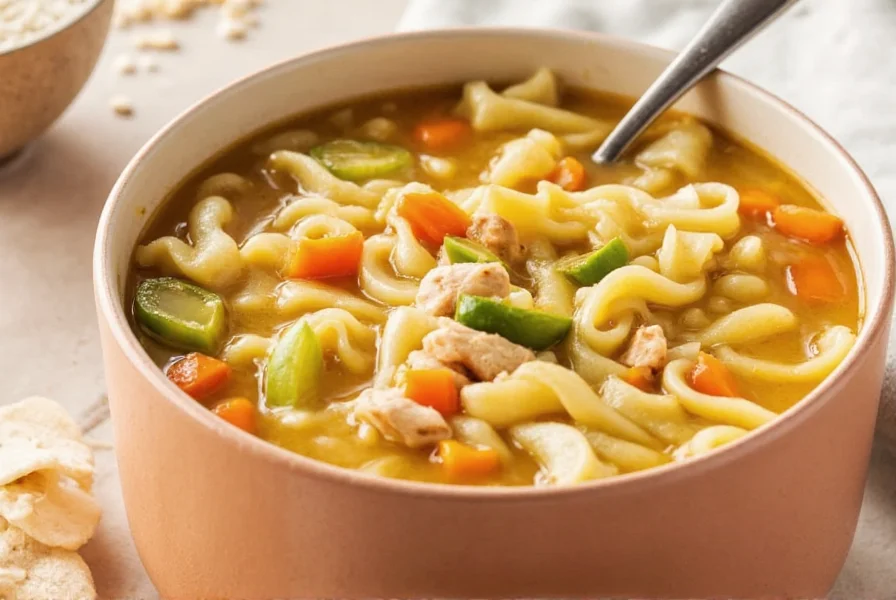
Garlic
Garlic is a powerhouse when it comes to flavor. It’s often sautéed first to release its oils, which infuse the broth with a rich, savory aroma. Minced garlic is ideal, but if you’re feeling adventurous, try roasting whole cloves for a milder, sweeter flavor.

Fresh Herbs
Herbs like parsley, dill, and thyme are essential for adding brightness and freshness. They should be added toward the end of cooking to preserve their delicate flavors. Dried herbs can work too, but they tend to be more intense and less aromatic.
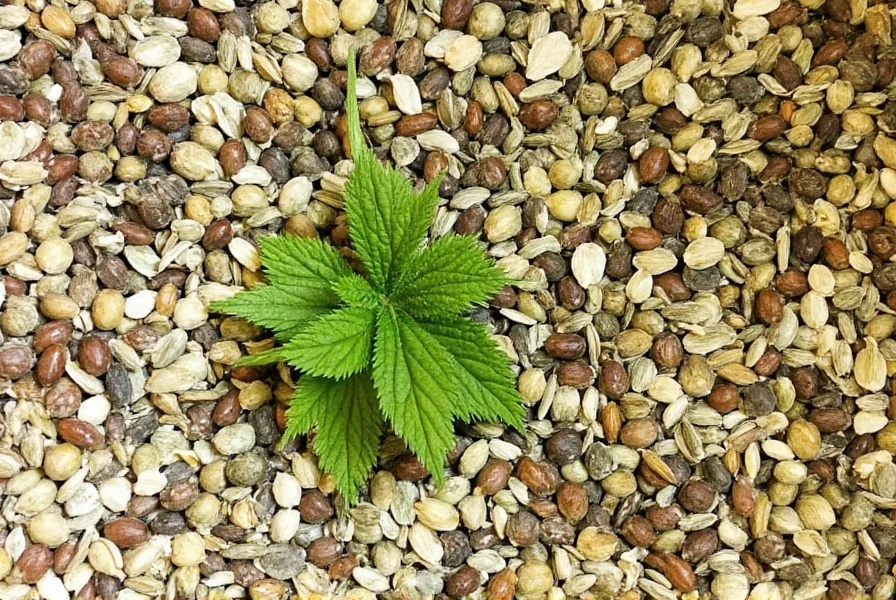
Nutmeg
This spice is a game-changer in many traditional soups. A small amount of nutmeg gives the soup a warm, slightly sweet undertone that complements the chicken and vegetables beautifully. Just remember, a little goes a long way.

Bay Leaves
Bay leaves are often overlooked but are incredibly useful. They release a subtle, herbal aroma as they simmer, which enhances the overall flavor profile. Remove them before serving, as they can be tough to eat.
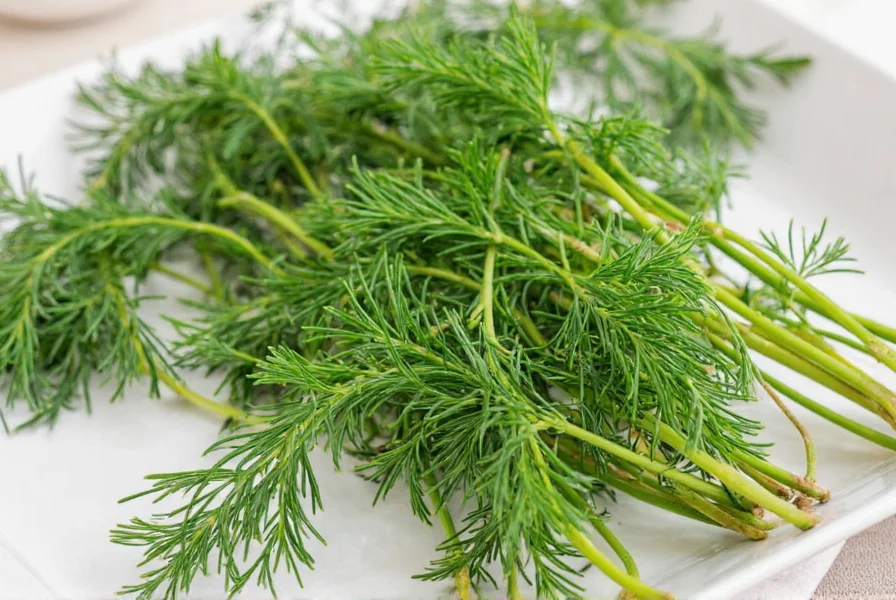
Lemon Juice
A splash of lemon juice at the end adds a refreshing tang that cuts through the richness of the soup. It also helps to balance the other flavors, making the soup feel lighter and more vibrant.
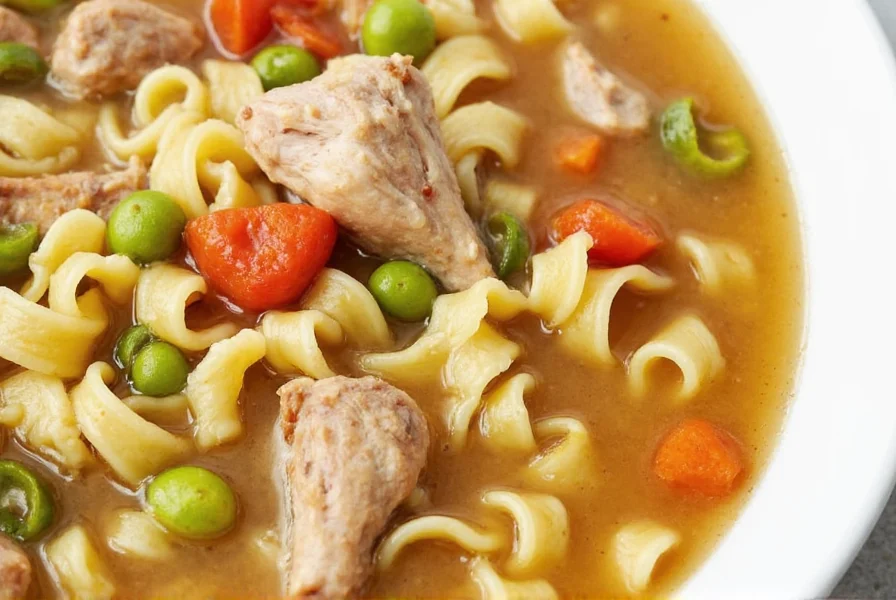
Soy Sauce
For those who enjoy a bit of umami, a small amount of soy sauce can elevate the soup significantly. It adds a deep, savory flavor that works well with the chicken and vegetables. Opt for low-sodium varieties if you're watching your salt intake.

Buying Guide for Seasoning Essentials
If you're looking to stock up on the best seasonings for your chicken noodle soup, here are some top picks that will elevate your cooking experience:
1. Sea Salt (Fine or Coarse)
Features: Pure, unprocessed salt that enhances the natural flavors of your soup.
Advantages: Adds depth and balances sweetness.
Use Cases: Perfect for seasoning the broth and enhancing the chicken.
Target Audience: Home cooks who value authenticity.
Suitable Occasions: Everyday meals, holiday gatherings, or family dinners.
2. Black Pepper (Whole or Ground)
Features: Freshly ground black pepper offers a bold, sharp flavor.
Advantages: Adds a nice kick and complexity to the soup.
Use Cases: Used during cooking and as a finishing touch.
Target Audience: Those who enjoy a bit of heat and flavor.
Suitable Occasions: Any time you want to add a little zing.
3. Fresh Parsley
Features: Bright green leaves with a mild, fresh taste.
Advantages: Adds color and freshness to the soup.
Use Cases: Tossed in at the end or used as a garnish.
Target Audience: Anyone who likes a light, herbaceous flavor.
Suitable Occasions: Weeknight dinners, special occasions, or anytime you need a pop of green.
4. Garlic Cloves
Features: Fresh, unpeeled garlic bulbs.
Advantages: Offers a more intense and complex flavor than pre-minced garlic.
Use Cases: Sautéed, roasted, or used whole in the broth.
Target Audience: Cooks who prefer control over their ingredients.
Suitable Occasions: All types of soups and stews.
5. Nutmeg (Ground or Whole)
Features: Small, fragrant seeds with a warm, slightly sweet aroma.
Advantages: Enhances the depth and richness of the soup.
Use Cases: Added in small amounts during cooking.
Target Audience: Those who enjoy classic, comforting dishes.
Suitable Occasions: Holiday meals, cold weather days, or when you need a cozy meal.
6. Bay Leaves
Features: Dried, aromatic leaves from the laurel tree.
Advantages: Infuses the soup with a subtle, herbal note.
Use Cases: Simmered in the broth and removed before serving.
Target Audience: People who love slow-cooked, hearty soups.
Suitable Occasions: Weekend dinners, potlucks, or family meals.
7. Lemon
Features: Juicy, aromatic citrus fruits.
Advantages: Adds a refreshing, bright finish to the soup.
Use Cases: Squeezed over the soup just before serving.
Target Audience: Those who enjoy a light, zesty flavor.
Suitable Occasions: Any time you want to refresh the taste of your soup.
8. Soy Sauce (Low-Sodium Option)
Features: Fermented liquid with a salty, umami-rich flavor.
Advantages: Adds depth and a savory kick.
Use Cases: Drizzled into the soup for extra flavor.
Target Audience: Those who enjoy a bit of Asian influence in their cooking.
Suitable Occasions: Special meals, international-themed dinners, or when you want to experiment.
Frequently Asked Questions (FAQ)
What are the essential seasonings for chicken noodle soup?
The essential seasonings include salt, pepper, garlic, fresh herbs (like parsley, dill, or thyme), and bay leaves. These form the foundation of flavor that enhances the chicken and vegetables without overpowering them.
Can I use dried herbs instead of fresh in chicken noodle soup?
Yes, but use about one-third the amount of dried herbs compared to fresh. Dried herbs are more concentrated but less aromatic, so add them early in cooking to allow their flavors to infuse the broth.
How much salt should I add to chicken noodle soup?
Start with 1 teaspoon of salt for a standard pot (4-6 servings) and adjust gradually. Always taste as you cook—underseasoned soup lacks depth, while overseasoned soup becomes unbalanced. Remember to account for salt in store-bought broth.
Why add nutmeg to chicken noodle soup?
A pinch of nutmeg adds a warm, slightly sweet undertone that complements the chicken and vegetables without being noticeable. It's a secret ingredient that enhances complexity—just 1/8 teaspoon is enough for a full pot.
What if I don't have fresh lemon for brightening the soup?
You can substitute with white wine vinegar or apple cider vinegar (start with 1/2 teaspoon). Bottled lemon juice works in a pinch, but fresh citrus provides the best bright, clean finish that cuts through richness.
Can I skip garlic in chicken noodle soup?
While the soup will still be good, garlic adds irreplaceable depth. If avoiding garlic, boost flavor with extra onion, celery, or a splash of soy sauce for umami. For authentic flavor, we recommend keeping it.
Conclusion
Seasoning your chicken noodle soup is both an art and a science. From the foundational elements like salt and pepper to the more unique touches like nutmeg and soy sauce, each ingredient plays a role in creating a delicious, comforting bowl of soup. By understanding how these seasonings interact, you can elevate your cooking and enjoy a more flavorful meal every time.
Whether you're a seasoned pro or just starting out, experimenting with different seasonings is a fun and rewarding way to personalize your soup. So next time you make chicken noodle soup, take a moment to think about how these seasonings can transform your dish into something truly special.

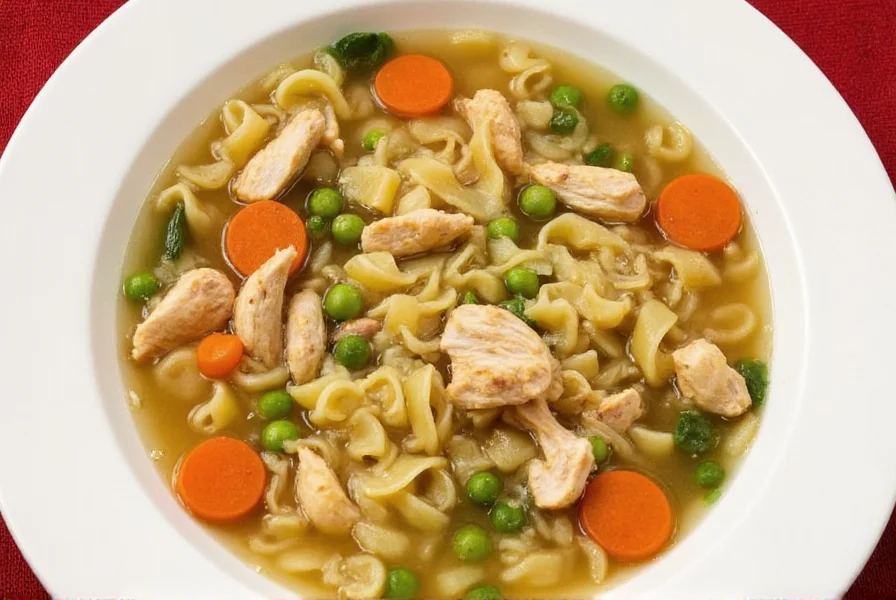









 浙公网安备
33010002000092号
浙公网安备
33010002000092号 浙B2-20120091-4
浙B2-20120091-4